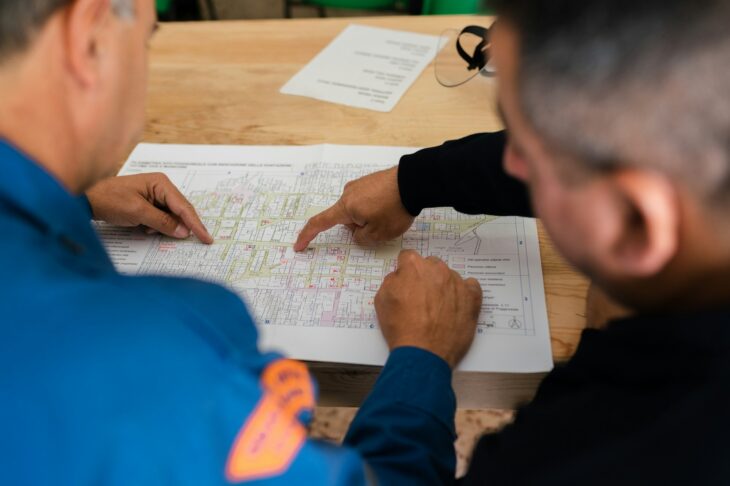
The Art and Science of DTF Transfers in Apparel Customization
DTF (Direct-to-Film) transfers are revolutionizing the apparel customization industry by blending the art of design with advanced printing technology. Custom clothesmakers use this cutting-edge technique because it produces lasting, high-quality printing on various textiles. Thanks to their capacity to capture minute details and produce brilliant colors, DTF transfers provide artistic freedom and useful efficiency.
In today’s fast-paced world of apparel customization, staying ahead of trends is crucial. As designers and businesses seek innovative ways to meet customer demand, Direct-to-Film (DTF) transfers have swiftly emerged as a frontrunner. The unique capabilities of DTF transfer systems allow creators to apply intricate designs seamlessly onto various fabrics. Contrary to older methods, DTF provides sublime flexibility, enabling high-volume orders and limited edition runs with equal ease and remarkable detail.
Tracing back the evolution of garment printing offers a context for how far technology has come. Techniques like screen printing have laid foundational processes. Still, as consumer preferences shift towards more personalized and detailed options, DTF stands out for its ability to deliver consistent and visually striking results. This printing revolution is about meeting existing demand and expanding creative potential in the apparel industry.
How DTF Transfers Work
The DTF printing process is a fascinating amalgam of digital precision and chemical engineering. This technique involves printing designs directly onto a polyester film with textile-specific inks. After that, the design is heat-fused with an adhesive powder application to form a strong connection that will not break down from regular use of the cloth.
Essentially, DTF empowers designers to maintain a digital file that can be transformed into a high-quality print within minutes. The application involves careful handling but allows for a vibrant color spectrum and sharp detail retention, which are crucial for modern fashion demands. This level of precision has never been as accessible or reliable, making DTF an indispensable tool for contemporary garment customization.
Advantages of DTF in Custom Apparel
The flexibility of DTF printing must be considered. Apart from allowing for versatility across various fabric types—including cotton, polyester, and blends—DTF prints stand out for their affordability. Initial setup costs are lower than traditional printing methods, and when combined with the quick turnaround time, DTF offers an impressive cost-performance ratio.
Another advantage of DTF transfers is their durability. The prints not only resist cracking and peeling but also survive countless washes, preserving the garment’s appearance over time. This makes DTF a preferred choice for both manufacturers and consumers looking for long-lasting, high-quality custom apparel.
Common Challenges in Using DTF Transfers
While DTF technology offers myriad benefits, it has its challenges. One significant hurdle is the initial investment in specialized equipment, which can be daunting for small businesses or startups. Additionally, the learning curve for operating DTF machinery and mastering the nuances of the printing process can be steep. However, these challenges are surmountable with proper training and resources.
The environmental implications of DTF printing have also been a topic of discussion. As the apparel industry moves towards sustainable practices, addressing the impact of chemicals and materials used in DTF is paramount. By investing in eco-friendly alternatives, the industry can mitigate these concerns and align with global sustainability goals.
Best Practices for Using DTF Technology
Implementing DTF effectively involves adhering to certain best practices. Choosing the right combination of inks, films, and fabric materials is critically important. Businesses should prioritize high-quality components to ensure optimum results. Furthermore, routine equipment maintenance and quality checks can prevent errors and enhance productivity.
DTF (Direct-to-Film) technology has rapidly gained popularity in the custom apparel industry due to its flexibility, durability, and ability to produce vibrant, high-quality designs on various fabrics. However, to make the most of this innovative printing method, it’s essential to follow some best practices that ensure optimal results and longevity of the prints.
The film quality and inks used in the DTF process are crucial in the final product. Using premium-grade DTF films ensures the designs transfer smoothly onto the fabric without cracking or peeling. Similarly, high-quality inks provide vibrant colors and crisp details, making your designs stand out.
Correct printer settings are essential for achieving consistent results. Adjust the ink levels and resolution to match the design you are printing. For complex designs with fine details, opt for higher resolutions to capture every intricate element. Additionally, ensure the temperature and pressure settings on the heat press suit the fabric used.
Pre-treating the fabric is an important step for better adhesion and durability. This helps prepare the garment’s surface to receive the ink from the DTF transfer. Pre-treated fabric will prevent fading, lifting, or cracking over time.
When applying the DTF transfer, ensure that you use even pressure and the correct temperature (typically around 325°F). This will guarantee the design adheres fully to the fabric. Let the garment cool down before peeling off the film for a cleaner and smoother finish.
By following these best practices, you can maximize DTF technology and produce stunning custom apparel that is both visually appealing and durable.
Future Trends in Apparel Customization
The future of apparel customization through DTF is promising. Emerging technologies like artificial intelligence in design could further integrate with DTF, leading to more automatic and precise pattern generation. Additionally, improvements in eco-friendly inks and biodegradable films will likely revolutionize sustainability in garment printing.
These advancements align with growing consumer demands for personalized products and the eco-consciousness that drives modern-day business practices. Companies that embrace these trends will not only lead the market but also contribute to a more sustainable fashion ecosystem.
Conclusion
DTF transfers have undeniably set the stage for a new era in apparel customization. By providing unmatched print quality, versatility, and durability, they are meeting the evolving needs of consumers and businesses alike. The potential new applications for DTF are practically limitless, and the technology is poised to continue shaping the future of custom apparel.
With continued innovation and an emphasis on sustainable practices, DTF can change the apparel industry, offering endless possibilities for those looking to push the boundaries of design and creativity.

